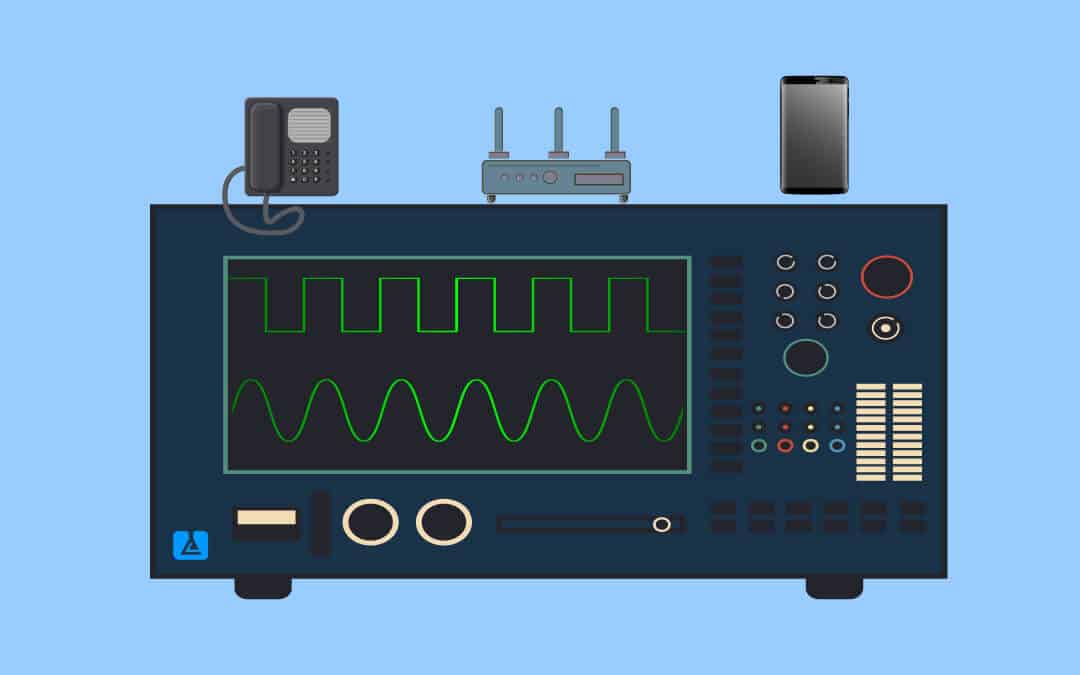1.1K
To communicate, humans use analogue and digital communication in equal measure. But while one way of communication seems to be quite unambiguous, the other supposedly leaves more room for interpretation.
Analogue and digital communication: comparing the modes of communication
Already the Austrian communication scientist Paul Watzlawick distinguished between two types of communication that humans use: analogue and digital. It is less a question of whether or not media aids are used to exchange information.
- It is more about the distinction between verbal and non-verbal communication – that is, a digital or analogue exchange.
- Digital communication includes the content-related communication of information via speech, writing, but also other signs and symbols. For example, if two people speak Spanish, they can communicate and understand each other through words and sentences.
- Analogue communication describes much more strongly a relationship level in which certain statements are made. It includes non-verbal communication through, for example, facial expressions, gestures and tone of voice. The body language that a person conveys during a conversation also often says a lot about the meaning of what is said – whether it is meant to be friendly, cynical or angry, for example.
- Thus, both digital and analogue communication are essential for people to understand each other properly. Only when both types of communication fit together is a problem-free exchange possible.
- When people write messages to each other via WhatsApp or email, for example, they seem to be transmitting clear written characters. But on the relationship level, analogue communication is missing, for example to correctly interpret unclear formulations. Emojis and emoticons are supposed to provide a remedy.
- Conversely, sometimes confrontation with facial expressions and gestures alone is also susceptible to misinterpretation if communicators do not express themselves clearly through language.
